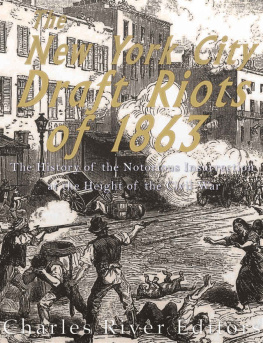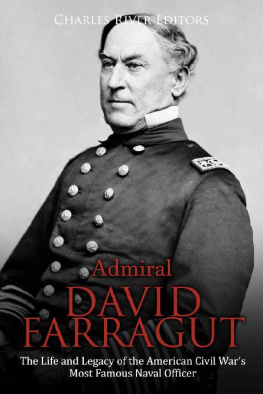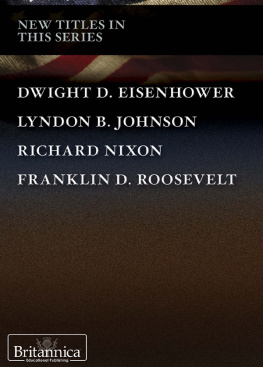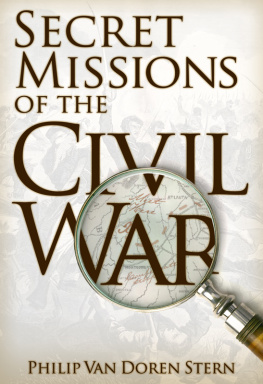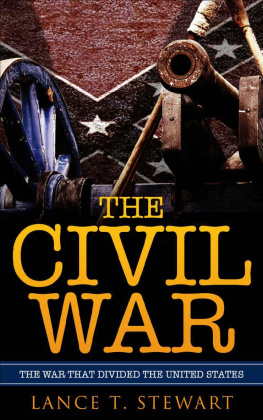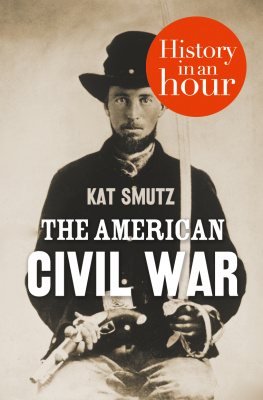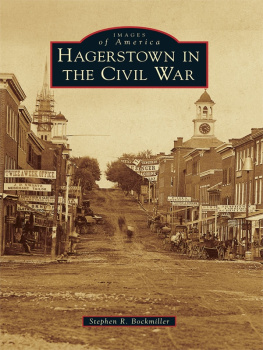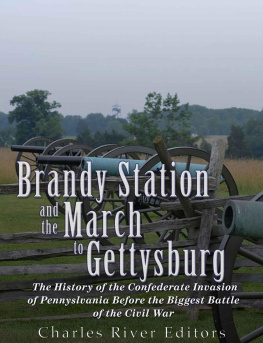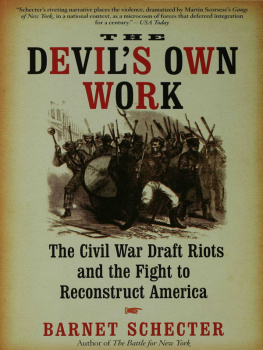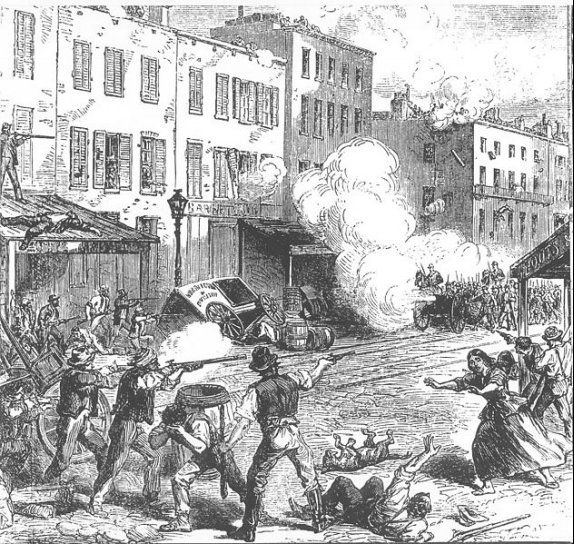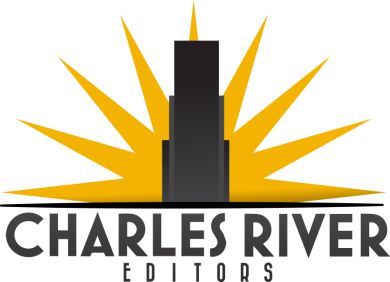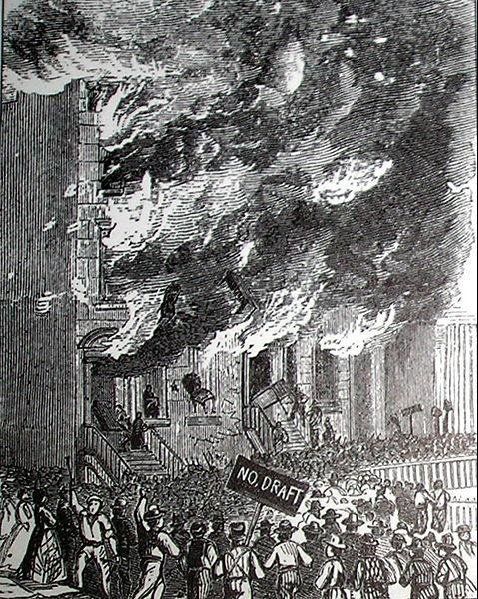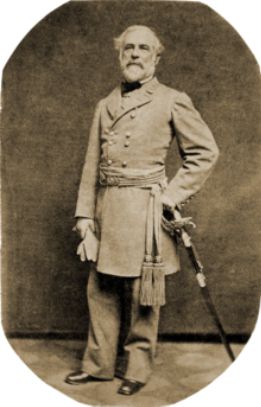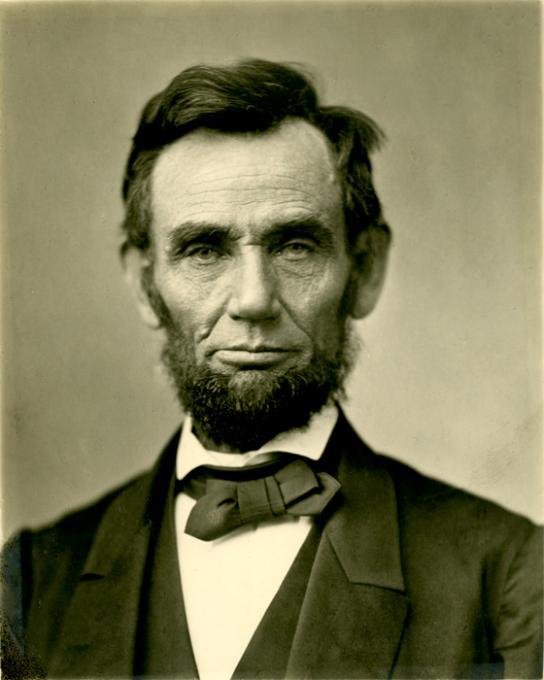Charles River Editors - The New York City Draft Riots of 1863: The History of the Notorious Insurrection at the Height of the Civil War
Here you can read online Charles River Editors - The New York City Draft Riots of 1863: The History of the Notorious Insurrection at the Height of the Civil War full text of the book (entire story) in english for free. Download pdf and epub, get meaning, cover and reviews about this ebook. year: 2016, publisher: Charles River Editors, genre: Romance novel. Description of the work, (preface) as well as reviews are available. Best literature library LitArk.com created for fans of good reading and offers a wide selection of genres:
Romance novel
Science fiction
Adventure
Detective
Science
History
Home and family
Prose
Art
Politics
Computer
Non-fiction
Religion
Business
Children
Humor
Choose a favorite category and find really read worthwhile books. Enjoy immersion in the world of imagination, feel the emotions of the characters or learn something new for yourself, make an fascinating discovery.
- Book:The New York City Draft Riots of 1863: The History of the Notorious Insurrection at the Height of the Civil War
- Author:
- Publisher:Charles River Editors
- Genre:
- Year:2016
- Rating:4 / 5
- Favourites:Add to favourites
- Your mark:
The New York City Draft Riots of 1863: The History of the Notorious Insurrection at the Height of the Civil War: summary, description and annotation
We offer to read an annotation, description, summary or preface (depends on what the author of the book "The New York City Draft Riots of 1863: The History of the Notorious Insurrection at the Height of the Civil War" wrote himself). If you haven't found the necessary information about the book — write in the comments, we will try to find it.
Includes accounts of the riots from New York residents and authorities
Includes online resources and a bibliography for further reading
Includes a table of contents
Martial law ought to be proclaimed, but I have not a sufficient force to enforce it. - Major General John E. Wool, commander of the Department of the East
Most adults alive today either remember or have heard of the turbulent 1960s, but far fewer are familiar with the similarities those more recent protests had with the earlier unrest of a century earlier. Although the Civil War is remembered as the seminal event of American history, and it is often portrayed as the Lincoln administration and the North fighting bravely to preserve the Union and ultimately end slavery, the truth at the time was far more complicated. Perhaps most notably, as with Vietnam, the Civil War was very unpopular among many in the North, especially in large, manufacturing cities that were dependent on the South for raw materials. Also, as African Americans made their way north in the hopes of making new lives for themselves, they often encountered racism and outright violence. Native born Americans and newly arrived immigrants alike often resented black men taking jobs they felt were theirs by right, and in the wake of the Emancipation Proclamation, many men were hesitant to fight on behalf of a cause that they saw as being for the benefit of blacks.
With the Civil War still raging and no end in sight, the Lincoln administration instituted the first conscription laws in the North in 1863, and it led quickly to an outbreak of violence in New York City and other large cities. In fact, the New York City draft riots, which lasted several days in July of that year, still stand today as the bloodiest and deadliest in American history. More than 100 people died during the week of July 12-18 as mobs of thousands looted and burned buildings across the city in protest. However, in addition to targeting the draft, people also attacked African American men, women and children and anyone who might try to defend them. Its been estimated that over a dozen blacks were lynched across the city during the unrest, and thousands of people were injured.
Ultimately, the citys police department was forced to call in forces from all around, including a number of battle weary soldiers who had just fought a few weeks earlier at Gettysburg, to put down what seemed to be moving toward a new insurrection. In the end, the authorities were able to stop the violence, but the heavy price paid by the citys newest black citizens would tarnish race relations in that area for another century.
The New York City Draft Riots of 1863: The History of the Notorious Insurrection at the Height of the Civil War chronicles the controversial violence that wreaked havoc across New York City in the summer of 1863. Along with pictures and a bibliography, you will learn about the New York City draft riots like never before.
Read More
Charles River Editors: author's other books
Who wrote The New York City Draft Riots of 1863: The History of the Notorious Insurrection at the Height of the Civil War? Find out the surname, the name of the author of the book and a list of all author's works by series.

